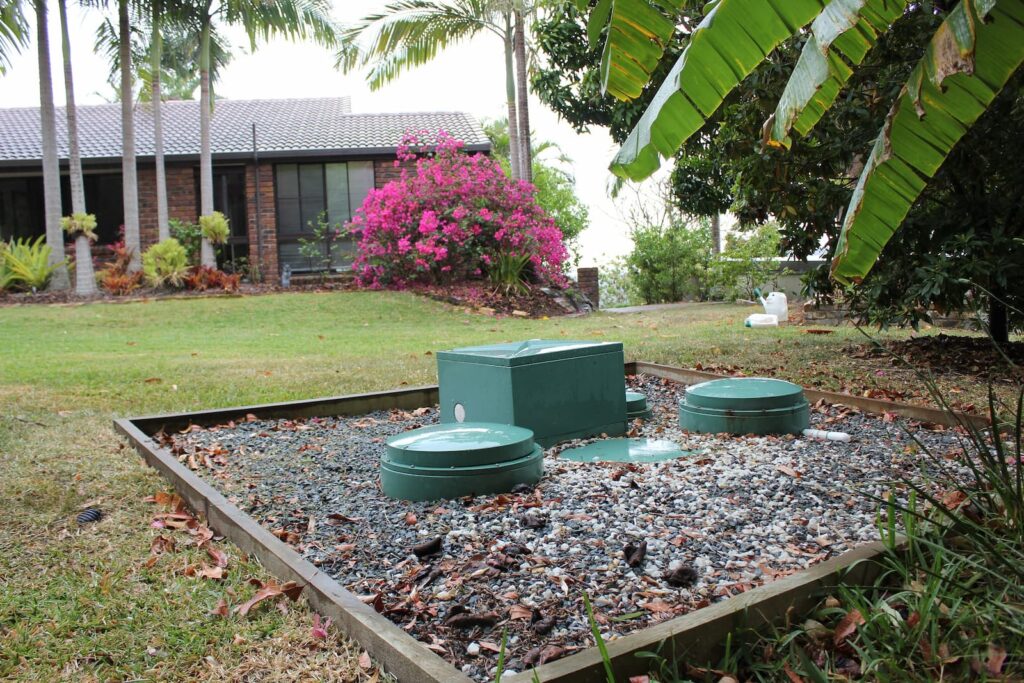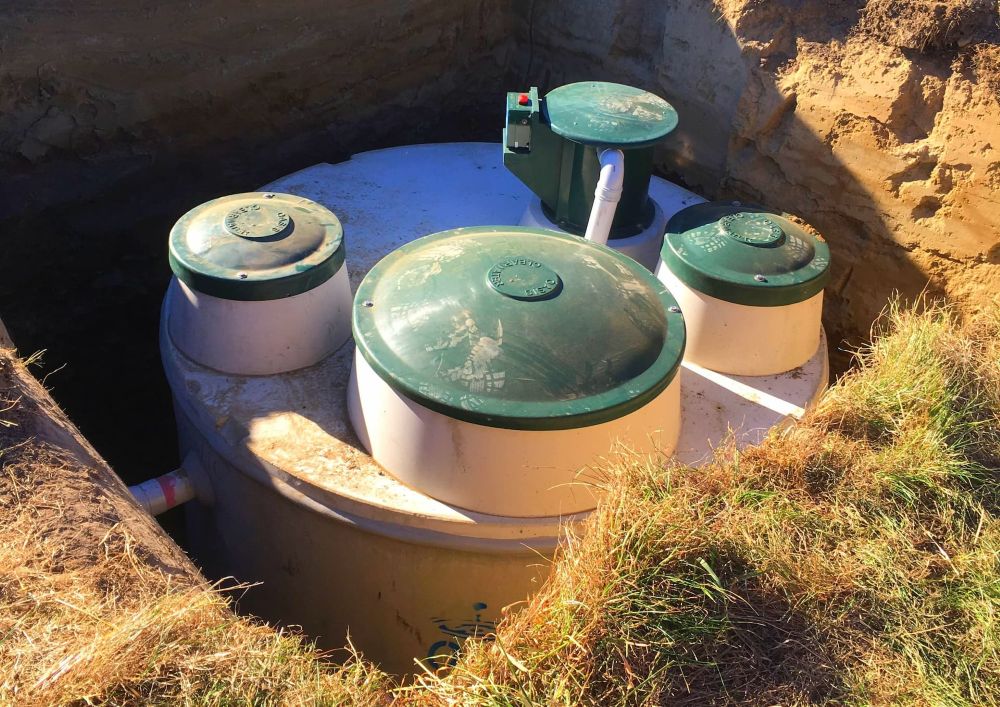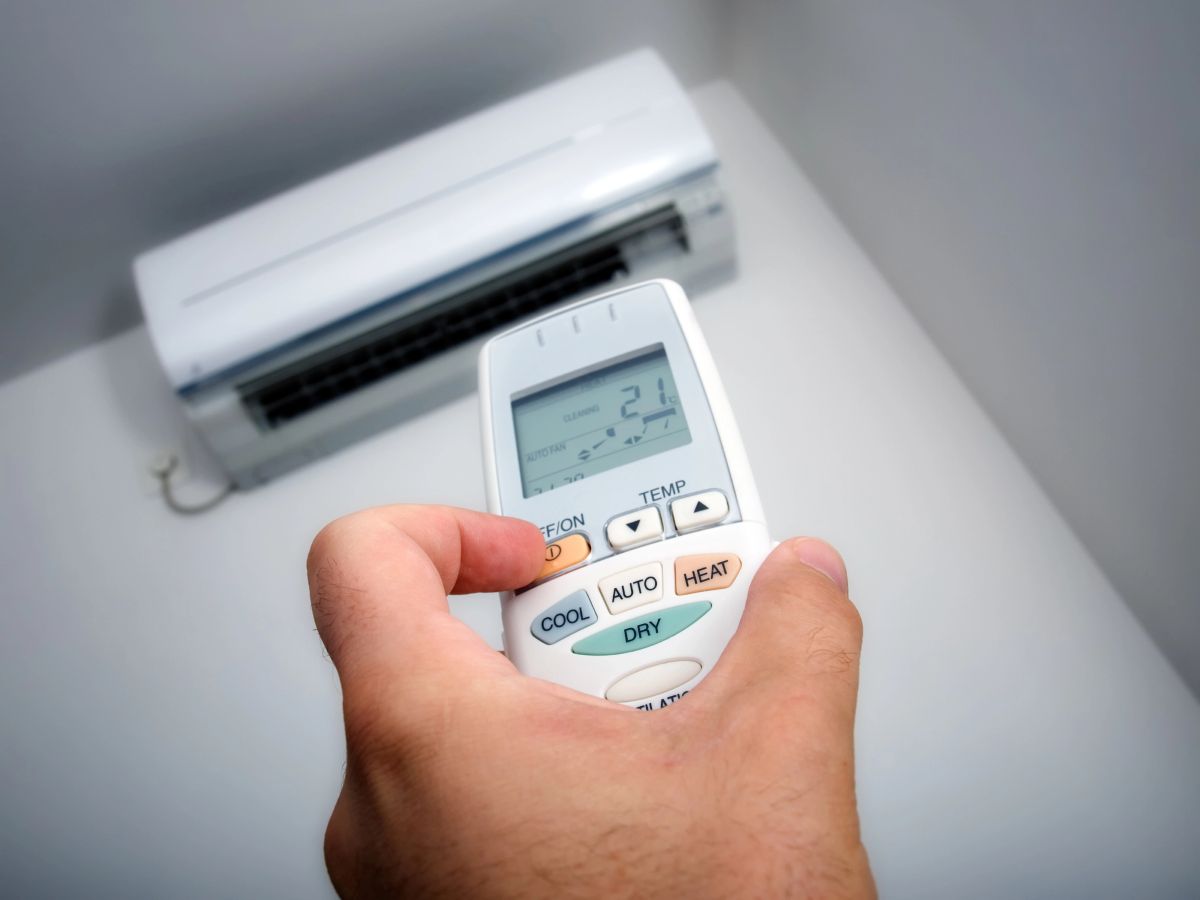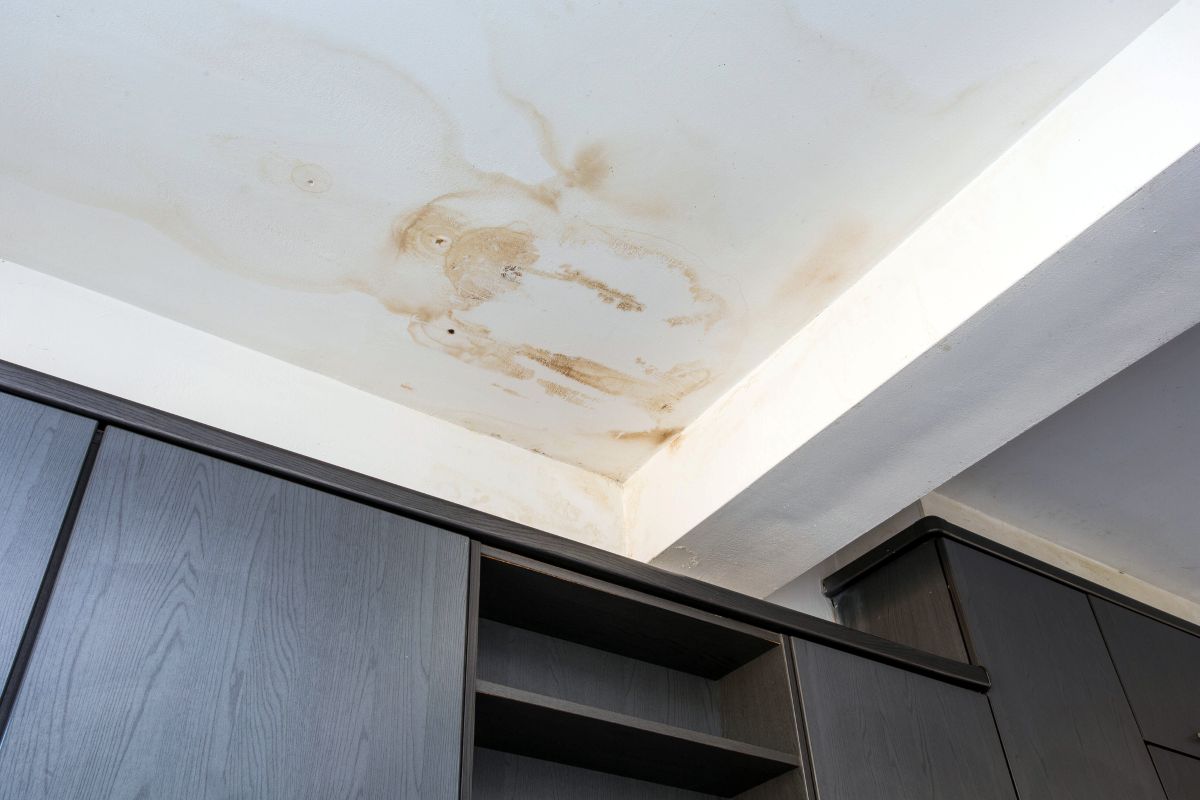Introduction to Commercial Wastewater Treatment in New Zealand
Commercial wastewater treatment plays a critical role in protecting New Zealand’s waterways, coastlines, and freshwater ecosystems. Unlike domestic wastewater treatment, which deals with household sewage, commercial systems are designed to handle significantly larger volumes of water, often with a more complex mix of contaminants.
These contaminants may include high levels of organic matter, industrial chemicals, fats, oils, greases, and heavy metals, depending on the business or industry involved.
In New Zealand, commercial wastewater treatment is used by a wide range of sectors, including food processing facilities, manufacturing plants, hotels, hospitals, mining operations, and large-scale agricultural enterprises.
Each of these industries has unique wastewater profiles, requiring tailored treatment solutions that meet strict environmental regulations. The goal is not only to ensure compliance with local laws but also to contribute to sustainable water use and environmental stewardship.
The Wastewater Treatment Process – Step by Step
Collection and Pre-Treatment of Wastewater
The process begins with the collection of wastewater from commercial sites through a network of internal and external drains. This wastewater is channelled to a treatment facility, which may be located on-site or at a centralised treatment plant.
The first step, known as pre-treatment, removes large debris, grit, and other solid particles that could damage downstream equipment. Common methods include screening systems that capture plastics, paper, and larger solids, as well as grit chambers that allow sand and gravel to settle out.
Primary Treatment Stage
Once pre-treatment is complete, wastewater moves into primary treatment tanks where suspended solids are allowed to settle to the bottom, forming sludge. Grease and lighter materials float to the surface, where they can be skimmed off. This stage significantly reduces the concentration of solids in the water and helps protect the biological processes that follow.
Sludge from this stage is collected for further processing, which may include digestion, composting, or disposal in accordance with New Zealand’s waste management regulations.
Secondary (Biological) Treatment Stage
The secondary treatment stage focuses on removing dissolved and fine organic matter through biological processes. Microorganisms play a key role here, feeding on organic contaminants in the wastewater. In aerobic systems, oxygen is supplied to encourage the growth of bacteria that break down pollutants.
In anaerobic systems, treatment occurs in the absence of oxygen, often producing biogas that can be captured and used for energy. The choice between aerobic and anaerobic treatment depends on factors such as waste composition, site location, and system efficiency goals.
Tertiary and Advanced Treatment
Tertiary treatment is the final polishing stage before the water is discharged or reused. This stage can include filtration to remove fine particles, nutrient removal to control nitrogen and phosphorus levels, and disinfection to kill any remaining pathogens.
In New Zealand, advanced treatment technologies such as ultraviolet (UV) disinfection, chlorination, and membrane filtration are often used to achieve high water quality standards. In some cases, the treated water can be recycled for non-potable uses such as irrigation, cooling systems, or industrial processes, reducing overall water demand.
Technologies Used in New Zealand Commercial Wastewater Systems
Membrane Bioreactor (MBR) Systems
MBR systems combine conventional biological treatment with membrane filtration, producing exceptionally high-quality effluent. They are compact, efficient, and well-suited to businesses with limited space, such as urban hotels, hospitals, and manufacturing plants.
Sequencing Batch Reactors (SBR)
SBR systems treat wastewater in batches, making them highly flexible and effective for facilities with variable wastewater flow rates. They are commonly used in smaller towns, industrial estates, and seasonal operations where flow patterns fluctuate.
Constructed Wetlands and Natural Systems
In rural or remote areas of New Zealand, constructed wetlands provide an eco-friendly treatment option. These systems use plants, soil, and natural microbial processes to clean wastewater. While they require more land than mechanical systems, they offer low maintenance requirements and strong environmental benefits.

Regulatory Standards and Compliance in NZ
Commercial wastewater treatment in New Zealand is heavily regulated to protect both public health and the environment. The Resource Management Act (RMA) provides the legislative framework, and businesses must meet the specific requirements set by regional councils. This often includes obtaining a resource consent for discharges, adhering to strict effluent quality parameters, and conducting regular monitoring and reporting.
Failure to comply can result in substantial fines, legal action, and reputational damage. For this reason, many businesses invest in advanced treatment systems and monitoring technologies to ensure consistent compliance.
Environmental and Economic Benefits
Effective wastewater treatment not only protects New Zealand’s rivers, lakes, and marine environments but also offers significant business advantages. By recycling and reusing treated water, companies can reduce their reliance on freshwater supplies, lowering both costs and environmental impact.
Advanced systems that recover energy from wastewater, such as those capturing biogas, can further reduce operational expenses while supporting sustainability targets.
Businesses that demonstrate strong environmental responsibility also enjoy reputational benefits, often gaining a competitive edge when bidding for contracts or attracting eco-conscious customers.
Common Challenges in NZ Commercial Wastewater Treatment
Commercial operators in New Zealand face several challenges when managing wastewater. High-strength industrial waste, such as that from dairy processing, breweries, or meatworks, can be difficult to treat due to its high organic load. Seasonal variations, such as increased tourist numbers in summer, can strain system capacity. Additionally, weather events like heavy rainfall can dilute or overwhelm treatment systems, especially in older infrastructure.
Remote sites, such as mining operations or rural lodges, may struggle with access to technical expertise for maintenance and repairs, making system reliability a critical consideration.
Future Trends in Commercial Wastewater Treatment in NZ
The commercial wastewater sector in New Zealand is moving towards smarter, more sustainable solutions. Digital monitoring and automation are becoming standard, enabling real-time performance tracking and predictive maintenance. Energy-efficient designs, including solar-powered systems and low-energy aeration technologies, are helping reduce operational costs.
Another emerging trend is the integration of wastewater treatment into the circular economy, whereby nutrients, energy, and water are recovered and reused, closing the loop and minimising waste. As environmental regulations tighten and sustainability becomes a core business priority, these innovations are likely to become even more widespread.
Final Thoughts on Wastewater Treatment in New Zealand’s Commercial Sector
Commercial wastewater treatment systems in New Zealand are complex, highly regulated, and vital to environmental protection. They operate through a combination of mechanical, biological, and chemical processes to transform polluted water into a clean and safe resource.
With the right technology, regular maintenance, and compliance-focused operation, businesses can not only meet their legal obligations but also unlock long-term economic and environmental benefits.
As climate change, population growth, and industrial expansion put increasing pressure on New Zealand’s water resources, investment in effective wastewater treatment will remain a cornerstone of sustainable business practice.
Click here to read about how to spot a drainage problem.


